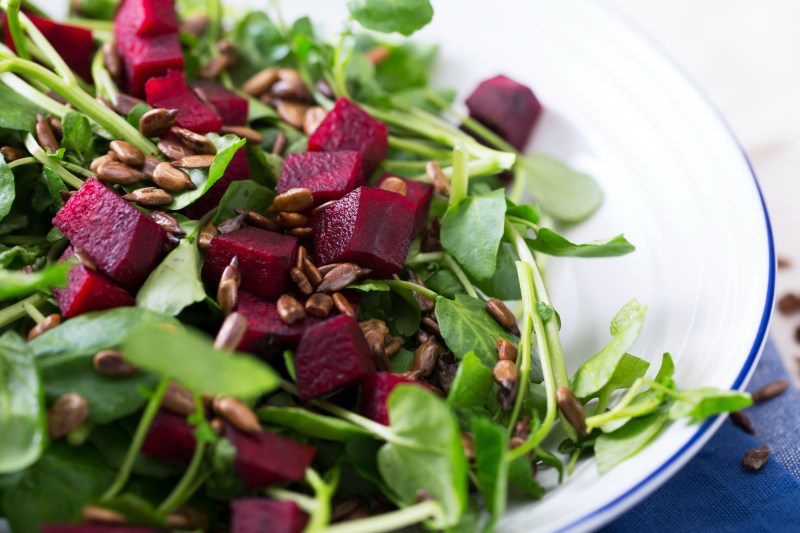
Navigating the modern maze of “healthier” options can feel like navigating a jungle while blindfolded. But here’s the beacon of clarity you’ve been waiting for. The Centers for Disease Control and Prevention (CDC), the science-driven heavyweight of health knowledge, has just unleashed its latest weapon in the battle for better nutrition – a list of superfoods providing valuable insight into the quest to determine which foods are healthiest.
We all know the drill – fruits and veggies are good for you, but which ones are the real superheroes? The CDC has crunched the numbers, dialed in on nutrient density, and separated the contenders from the pretenders. It’s time to leave the confusion behind and dive deep into the world of superfoods that are more than talk; they’re packed with health benefits.
In this article, we’re peeling back the curtain on the top five superfoods, according to the CDC, those dietary superstars that have earned their spot at the pinnacle of nutritional excellence. Get ready to discover the foods that’ll have you feeling on top of your game as we break down the CDC’s rankings and reveal the elite squad of superfoods you won’t want to leave off your plate.
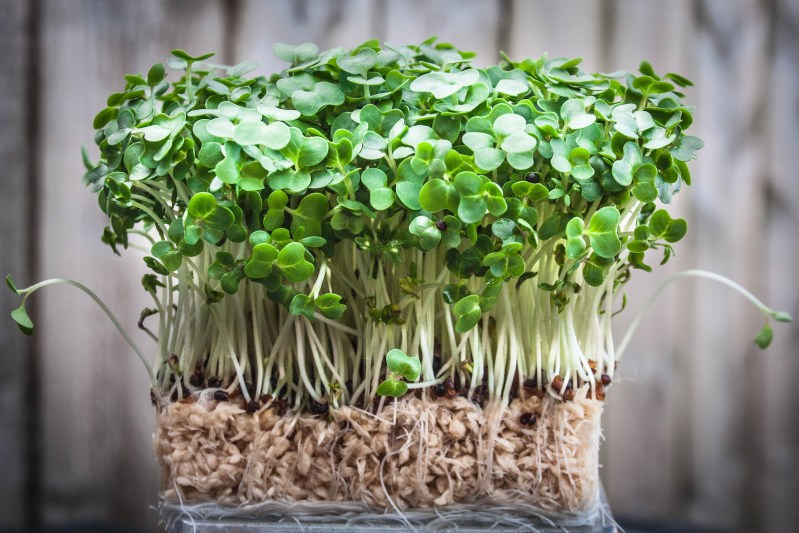
1. Watercress: The aquatic elixir for immunity
Watercress, often overlooked, is a true powerhouse of nutrition. These vibrant greens are rich in vitamins A and C that pack a double punch to your immune system. What’s more, they’re loaded with antioxidants, like beta-carotene, which may help protect your cells from oxidative damage and reduce the risk of certain cancers.
This aquatic leafy green is loaded with potassium that can help regulate blood pressure, support bone strength, and improve heart health. Its high vitamin content aids your body in fighting infections and supports healthy collagen production to help heal and recover from injuries faster.
To make the most of watercress, toss it into salads and sandwiches or even blend it into a smoothie. Just remember, this aquatic gem is at its best when it’s enjoyed fresh. So try your hand at growing your own or try to enjoy it soon after purchase to retain its nutritional vitality.
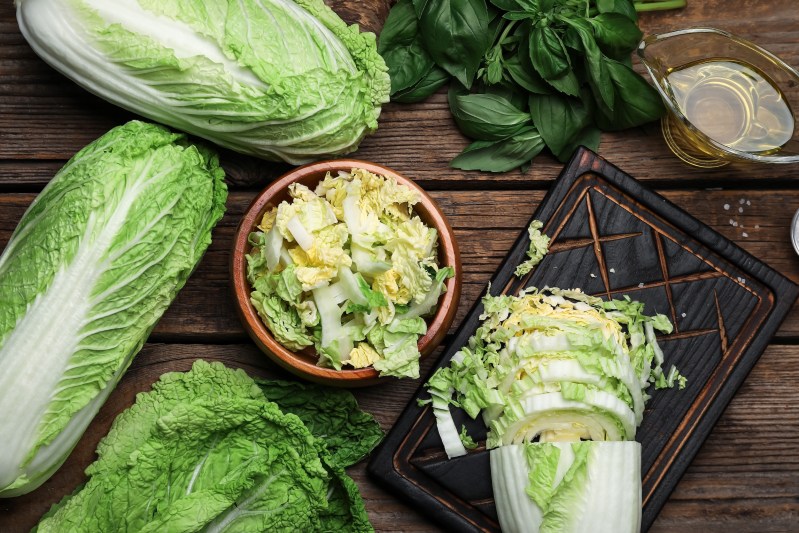
2. Chinese cabbage: The crunchy guardian of heart health
Chinese cabbage consists of two common varieties: Napa Cabbage and Bok Choy. This cruciferous vegetable boasts an abundance of fiber, potassium, and calcium, making it a heart-protective addition to your meals. It’s also a fantastic source of vitamin K, which is crucial for bone health.
Chinese cabbage has been shown to lower the risk of many cancers, including colon cancer. Due to its high selenium content, it can also slow the growth of tumors. Furthermore, it helps the body fight inflammation, lowering your risk of chronic health conditions such as diabetes and heart disease.
For maximum nutritional benefit, lightly sauté or steam bok choy to preserve its crunchiness and nutrient content. The versatility of Chinese cabbage makes it an excellent side dish, stir-fry, or soup ingredient. Next time you fire up the BBQ, grill up one of these hearty vegetables.
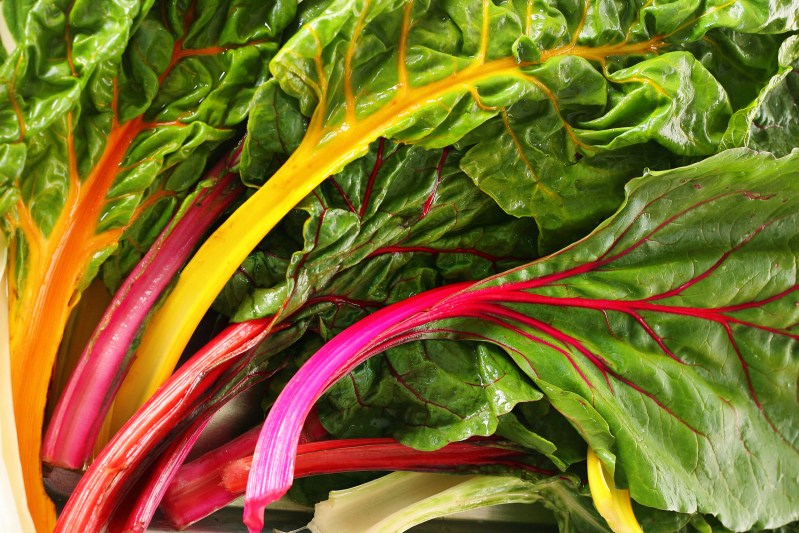
3. Chard: Mother Nature’s rainbow
Think of chard as nature’s multivitamin, with its vibrant rainbow of stems and dark, leafy greens. It’s exceptionally high in vitamin K, essential for bone health, and it’s a powerhouse of nutrients. The combination of fiber, vitamins, and minerals in chard can contribute to better digestion and an improved immune system.
To prepare chard, try sautéing it with garlic and olive oil or adding it to soups and stews. When cooked, chard contains a good amount of iron, but you can also eat it raw. Remember, its stems (the colorful parts) are edible, too, so don’t let them go to waste.
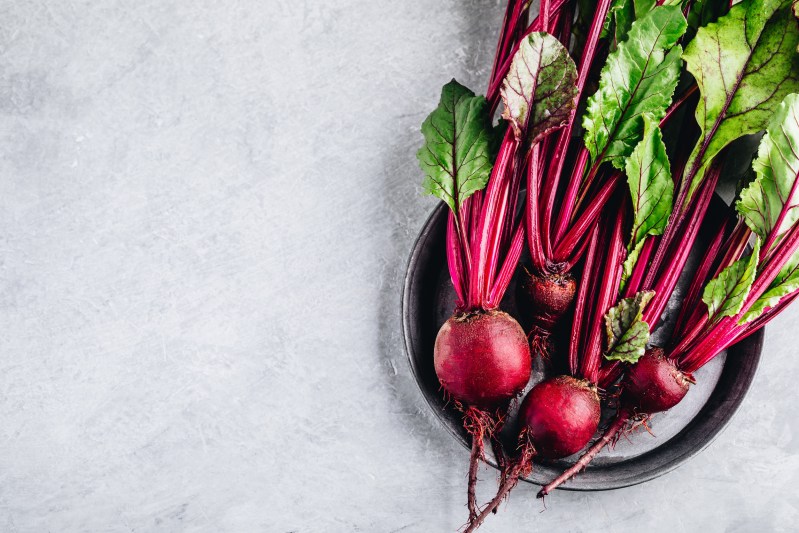
4. Beet greens: Buy one, get one free
When you bring home beets, don’t toss those beet greens aside. Beet greens are nutritional treasures packed with potassium, as well as beta-carotene, lutein, and zeaxanthin. These nutrients can support healthy vision and have many cardioprotective measures.
To enjoy beet greens, sauté them with some garlic and a splash of lemon juice, or add them to your favorite salads. Eating them cooked or raw ensures a wide array of micronutrients are absorbed. By using the whole beet, you’re not only reducing food waste but also boosting your overall nutrition. Don’t miss out on this nutrient-dense superfood most people overlook.
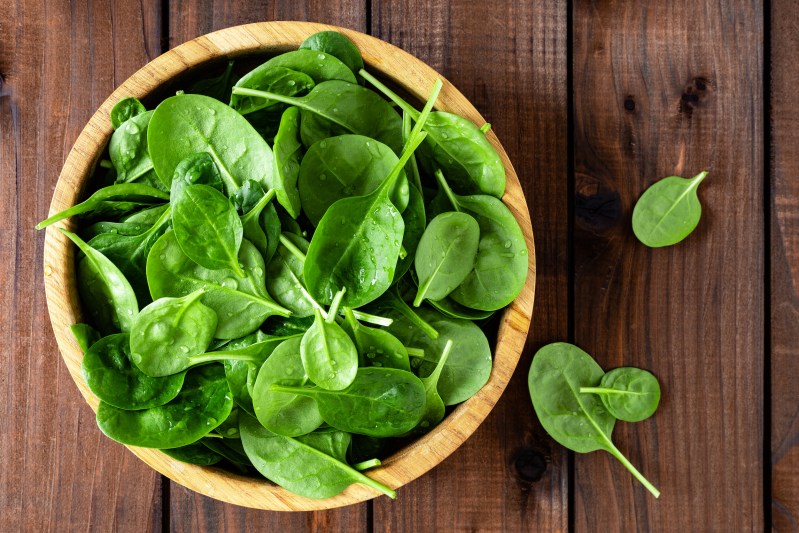
5. Spinach: Popeye’s secret to vitality
This timeless leafy green has earned its reputation as a superfood for a reason. Spinach is bursting with iron and vitamin C. It’s a fantastic choice for energy and vitality. Due to its high fiber content, it aids digestion and maintains a healthy digestive system.
Spinach has a high protein content and is low in calories. One cup of raw spinach contains seven calories and nearly one gram of protein. In other words, you get all the nutrients without overindulging in calories.
No matter if you’re a Popeye fan or not, spinach is a nutritional powerhouse that shouldn’t be missed. Spinach doesn’t have to come from a can, either. In order to maintain its nutritional value, spinach can be eaten raw or lightly wilted. Consider enjoying spinach raw in salads or lightly wilting it into your favorite pasta dishes.
Incorporating these superfoods into your diet is a delightful way to enhance your health and is a flavorful investment in your overall well-being. Armed with the knowledge of their unique benefits and the culinary tricks to make them shine, you can now embrace these dietary superheroes with open arms. By letting these superfoods steal the spotlight on your plate, you’re embarking on a journey toward a healthier, more vibrant you.
So, why not incorporate them into your routine? Here’s to your health and the elite squad of superfoods that can help you feel on top of your game every day.



